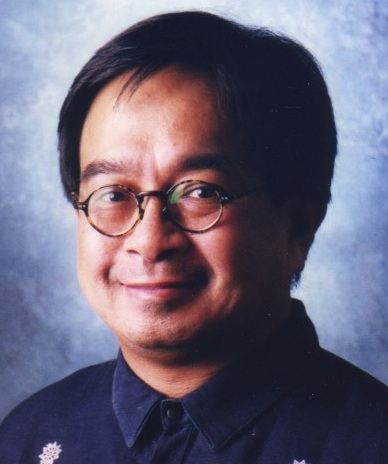SUMMARY
This is AI generated summarization, which may have errors. For context, always refer to the full article.
 I shudder each time Independence Day comes around. The papers, the radio and TV announcers will blithely call the event the 115th year of our independence.
I shudder each time Independence Day comes around. The papers, the radio and TV announcers will blithely call the event the 115th year of our independence.
Not.
To be exact, it was 115 years ago when independence was proclaimed by Emilio Aguinaldo and his cabinet from the Spanish Government.
That independence though was short-lived with the advent of the Philippine-American War, a brief yet bloody resistance, and the capture and surrender of Aguinaldo in 1901. We would lose our freedom yet another 40 years of American occupation and another 3 years of Japanese hell.
It was on July 4, 1946, when independence was granted to the Filipinos and we again exercised our sense of nationhood. Minus occupations, our country has just tasted self-governance for just about 69 years.
This sober calculation infers that we are still a young republic and therefore prey to political chicanery, vote buying and our own infantile understanding of citizenship.
As a child, until I was 12 years of age, I witnessed July 4th Independence Day celebrations in our country. Families, including mine, would wear our Sunday best and head off to the Luneta or to Burnham Park where we waved little flags at the marching bands, cadets, army formations and floats, with planes flying in formation overhead to exhilarate and make us proud of that day.
We were told and we read how many independence missions led by Sergio Osmeña, Manuel Roxas and later Manuel Quezon trooped to the United States in the 20’s and 30’s to badger the Congress in giving us independence. It was a tough fight with a Republican President vetoing any independence bills. But with perseverance and eloquent allies speaking on our behalf, we eventually secured a ten-year commonwealth status and independence thereafter.
The Japanese Government invaded our country in 1941 but we had by then tasted commonwealth freedom so our resistance was ferocious and after 3 years and over half a million lives later, we gathered at the Luneta on July 4, 1946 to witness the American flag go down and the Filipino flag rise, alone. There were many tears that morning for there was a palpable national feeling that we were now handling our destiny.
President Diosdado Macapagal’s change in 1962 of independence dates may have been a nationalistic move, a possible pique that ours was decided upon to be the same day as the Americans.
The sad result though is that the whole period of fighting for independence under and against the American and Japanese regimes was overlooked and steadily forgotten. Instead, we celebrate a day where an 1898 proclamation was issued and a flag flown by a group of men, led by Emilio Aguinaldo who just a year previous succumbed to a treaty with the Spaniards, dissolved their rebel force and for 800,000 Mexican dollars exiled themselves to Hong Kong.
Seeing an opportunity with the Spanish-American War and the destruction on May 1, 1898 of the Spanish fleet in Manila Bay, Aguinaldo hitched a ride on an American ship back to Manila and, less than a month later, declared the country independent and he the unelected president.
During the American colonial regime, Aguinaldo is pliant and cooperative but recasts himself as rabidly pro-Japanese during that occupation, making speeches, writing articles and issuing radio addresses which did not endear him to the Americans and MOST especially to the Filipinos who suffered and died fighting the Japanese invaders.
Happy coincidence
Many have had an aversion to our independence day being on the same day as that of the Americans. We can blame a patronizing Washington who, like most colonial powers find some way of leaving their imprint when goodbyes are said.
We’ve hopefuly matured and gotten over our self-esteem and identity issues for I can now say with vigor that I don’t want July 4, 1946 to be demoted to just a “Friendship Day.” As a child, that was my day of independence and if I knew then that it fell on the same day as that of America’s it didn’t faze my fervor one whit. Many of us would have seen it as a happy coincidence.
Extend my feeling to millions more whose hearts thumped and burst with pride watching our flag go up alone on July 4, 1946, and later, to all the tens of other millions who celebrated that day for 15 years. It is then no wonder that this prescribed day is celebrated with ambivalence by me and host of many others.
But I’m not one to say let’s go back to that date. Like the way we change old street names to new ones in a whim, alterations of our past have a deleterious effect, one of them the positing of the form rather than the substance of independence.
No more changes. Just a recognition that our independence struggle was not just one isolated and brief incident but a compendium of events that mirror our yearnings and limitations. – Rappler.com
John L. Silva is the Executive Director of the Ortigas Foundation. He is an author and writes on various historical matters.
Add a comment
How does this make you feel?
There are no comments yet. Add your comment to start the conversation.